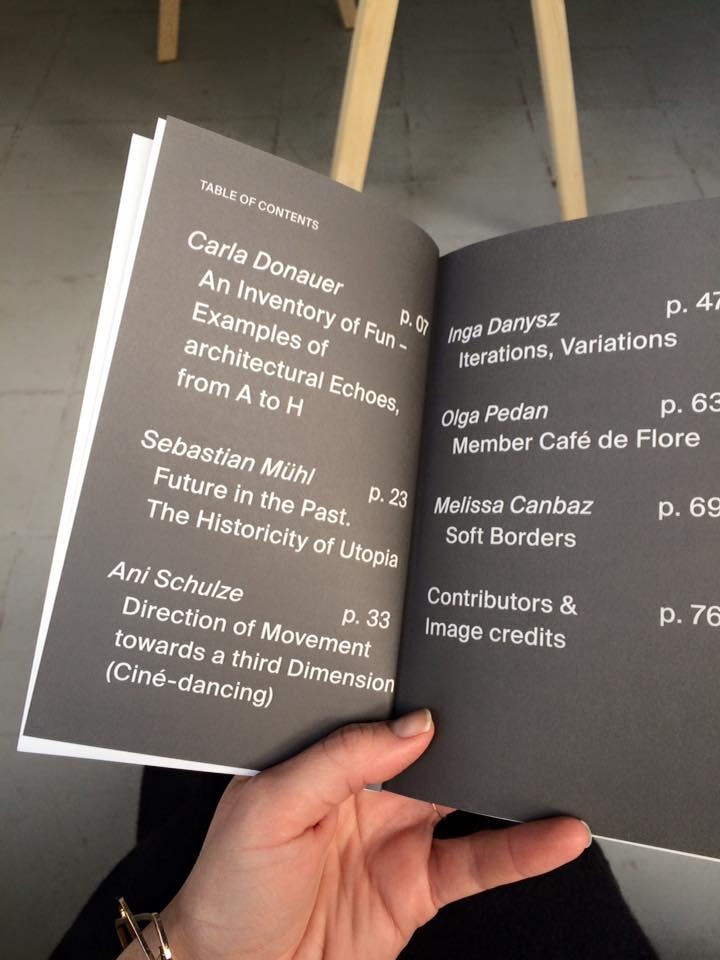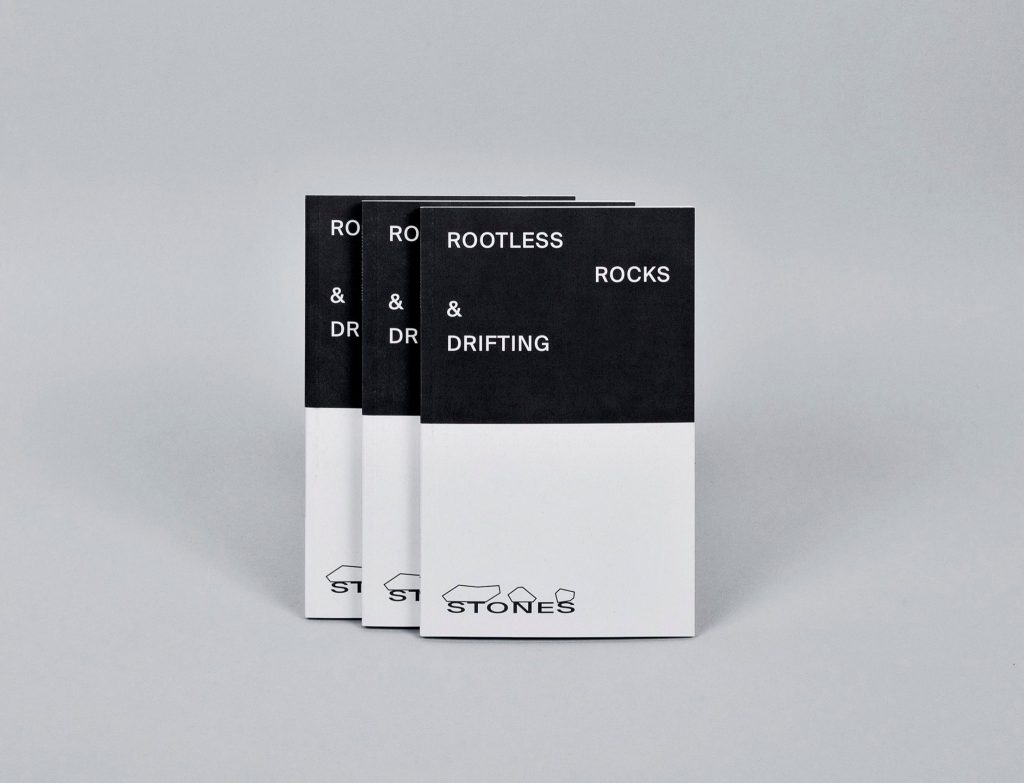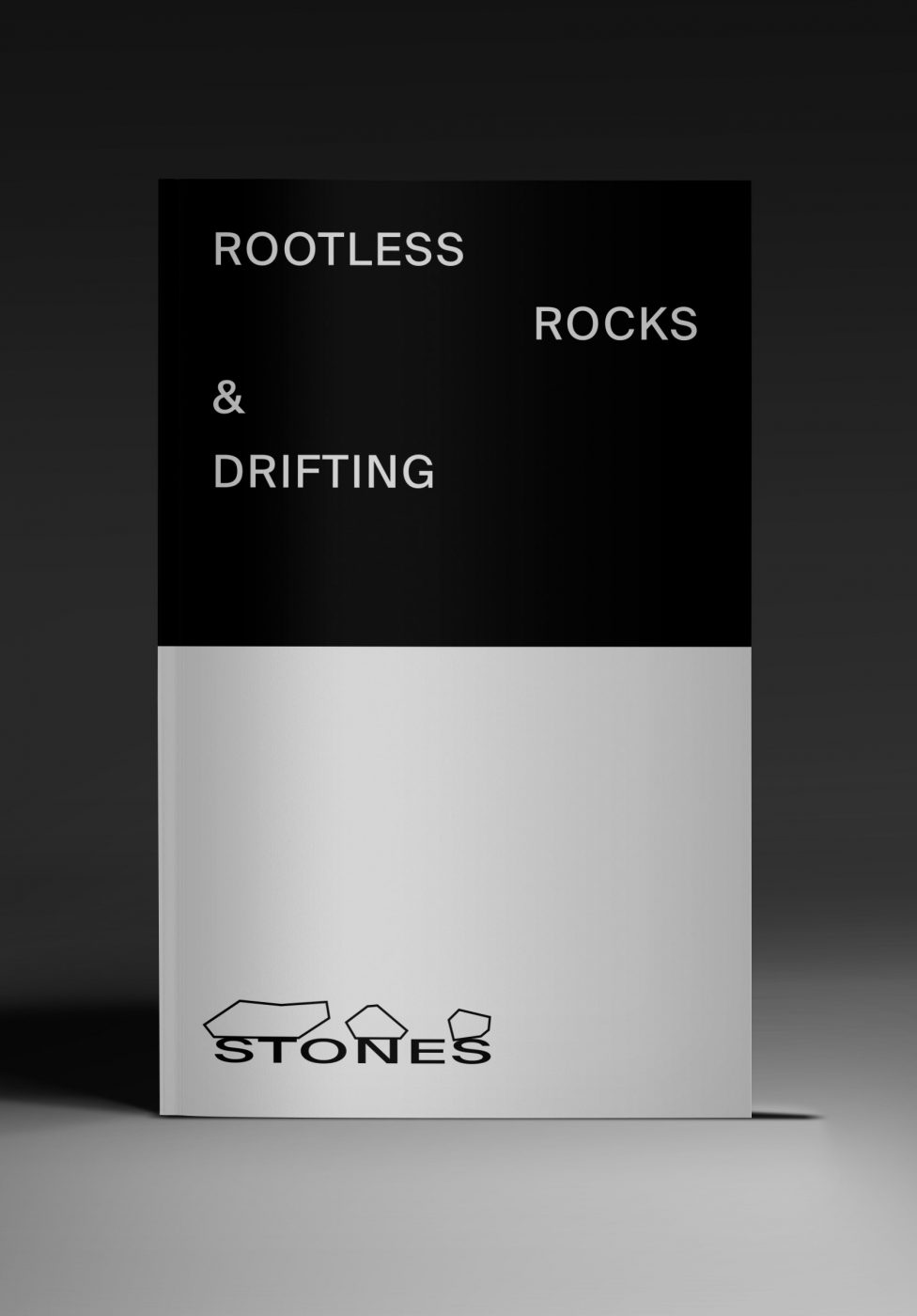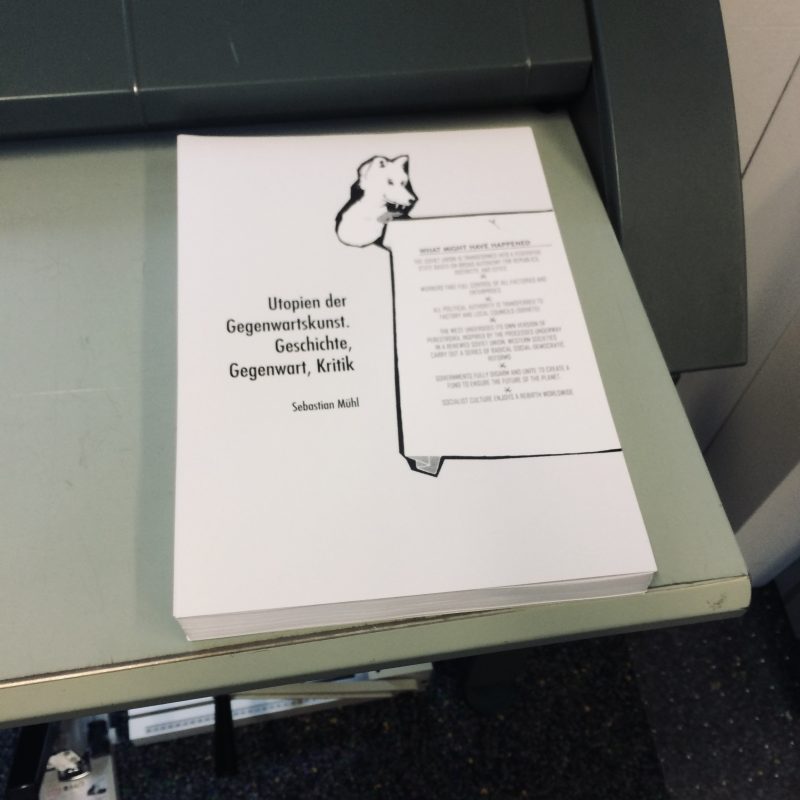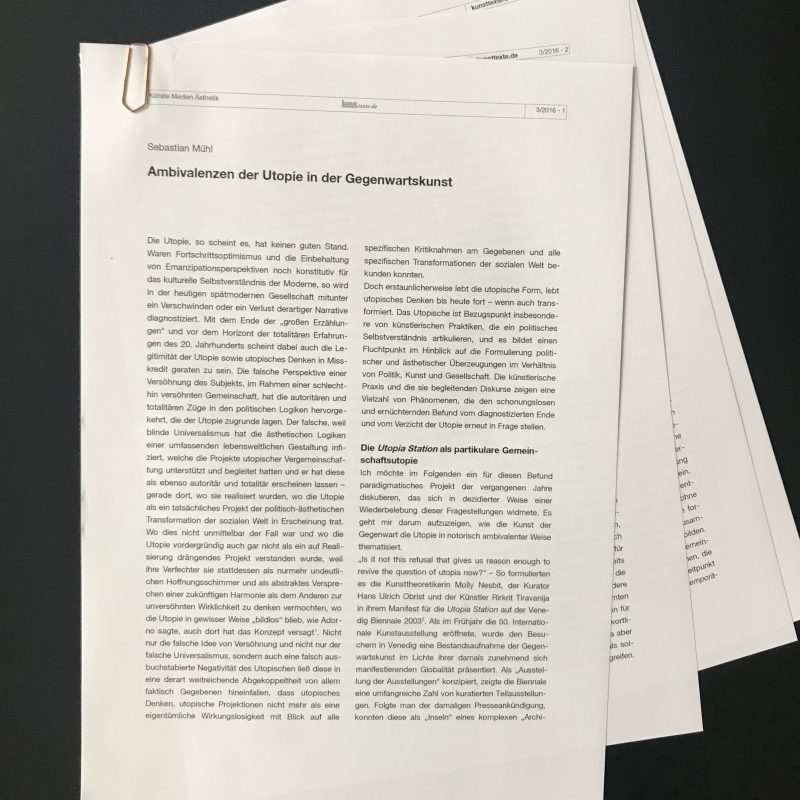In his essay “Is Modernity our Antiquity?,” Mark Lewis asked why so many artists “identify modernist forms as the subject, in one way or another, of a contemporary work. Why, for instance, are so many artists drawn to modernist forms and landmarks that are slowly crumbling and disappearing?”1
Has modernity become a form of new antiquity that is re-appropriated and experienced in times of its disappearance and its loss? Drawing on contemporary art, the idea that artists are fascinated by modernism and modernist forms and bending back to its forgotten projects seems persuasive. Specifically, the re-appropriation of modernism has turned out to be a leitmotif for many contemporary practices that draw on historiography and archival practice. History – and art history in particular – is questioned in regard to its established narratives and criticised in terms of its hegemonic power. For many artists, it seems clear that re-appropriating modernity is a matter of necessity in times when modernist forms have not only become historic in themselves, but have disappeared or become lost. As far as new perspectives are opened up on the notion of modernity as a whole, its ambivalences turn into focus: the multifaceted nature of modernity, its politico-aesthetic presumptions, its violence, its unexploited potentials. As far as historic referentialities are subliminally tested out, the dynamics between our concepts of the past, the present and the future are at stake.
